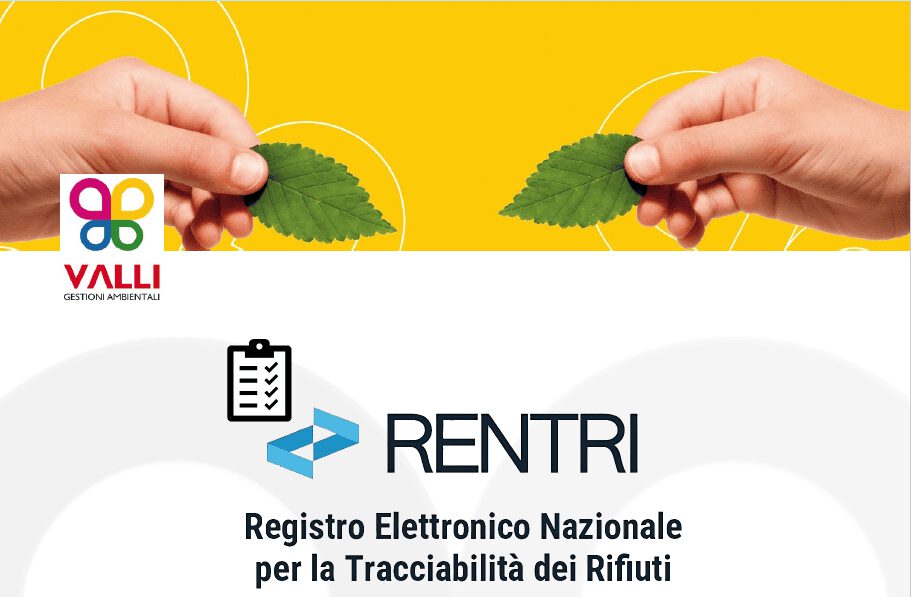Plastic is a ubiquitous material in everyday life, but also one of the potential sources of environmental pollution. With the increasing global production and consumption, the disposal of plastic waste has become a matter of great importance.
This article will provide a comprehensive overview of classification, environmental and health risks, regulations, and disposal strategies.
Types and classification of plastic waste
To fully understand the complexity of the problem of plastic waste, it is essential to examine the different types and classification of these materials. They can be divided into different categories based on composition, origin and recycling possibilities.
Classification according to composition
A first subdivision is based on their chemical composition, a fundamental aspect that directly affects the structure, resistance and intended use of each material. Each category has specific characteristics that determine its use and influence the disposal and recycling process.
- Polyethylene (PE): Commonly used for packaging such as shopping bags and transparent films, polyethylene is one of the most popular plastics.
- Polypropylene (PP): Used for containers, bottle caps and packaging, it has good heat resistance.
- Polyvinyl chloride (PVC): it is used for products such as pipes and windows, but it has a high environmental impact and is not easily recyclable.
- Polyethylene terephthalate (PET): Very common in beverage bottles, PET is among the most easily recyclable plastics.
- Polystyrene (PS): used for protective packaging and food containers, but its recycling is complex.
- Polycarbonate and other hard plastics: Often used for electronic items and industrial components.
Classification by origin
Plastic waste can also be distinguished according to the context of origin, since the origin affects both the composition and the methods of management and disposal. Knowing the source of waste is essential to optimize the treatment of each type and to plan specific recovery or recycling strategies.
- Household waste: This comes from households and includes packaging, bottles, and other everyday products.
- Industrial waste: Generated during the production and processing of consumer goods, it can include waste materials and industrial containers.
- Agricultural waste: Derived from agricultural activities, such as greenhouse cover films and mulch films.
Classification according to recycling potential
Based on recyclability, waste can be divided into:
- Recyclable plastics: Such as PET and PE, which can be transformed into new products through mechanical or chemical recycling processes.
- Non-recyclable plastics: Such as some mixed plastics, which cannot be easily recycled and require alternative disposal processes.
Environmental and Health Risks of Plastic Waste
The leakage of plastic waste into the environment poses a serious threat, compromising the health of ecosystems. Let’s take a detailed look at the main environmental and health risks related to the dispersion of the material.
Environmental impact
- Persistence in the environment
Plastic waste is largely non-biodegradable, meaning it can stay in the environment for centuries without decomposing. This long persistence contributes to the accumulation of plastic in soils, oceans and other ecosystems, causing permanent damage and making it difficult to recover contaminated areas.
- Ocean pollution
Every year, millions of tons of plastic end up in the seas, forming the ocean “garbage vortices“. Marine wildlife is vulnerable to accidental ingestion of the material or entangled in waste, with serious damage to biodiversity and the marine ecosystem.
- Formation of microplastics
Plastics, over time, fragment into microscopic particles known as microplastics. These small fragments can contaminate soil and fresh and salt water, creating a serious environmental problem.
- Contribution to global warming
Some chemicals released by plastics, during their life cycle and degradation process, contribute to the emission of greenhouse gases. These gases, such as carbon and methane, amplify the substance’s negative impact on climate balance, contributing to global warming.
Health risks
- Transfer along the food chain
Microplastics ingested by marine fauna can enter the food chain and reach humans through the consumption of contaminated fish products. This process raises concerns about food safety and human health, as the substance can accumulate in the human body and elicit potentially harmful effects.
- Toxic substances
Many plastics contain toxic chemicals such as phthalates and bisphenol A (BPA), which are released into the environment during their use and disposal. These substances can interfere with the human endocrine system, causing hormonal disorders and increasing the risk of chronic diseases in the long term.
- Plastic particulate matter in the air
Particulate matter is mainly present in areas with a high concentration of industrial activity or waste disposal. These particles, if inhaled, can cause respiratory disorders and increase the risk of lung disease, compromising public health.
Laws and regulations on plastic disposal
To deal with the plastic waste emergency, several countries and international organizations have implemented specific regulations. Let’s see what the main regulations are and how they aim to encourage proper disposal.
European Union regulations
The European Union is a leader in the implementation of advanced environmental policies for material management:
- SUP (Single-Use Plastics) Directive: Introduced in 2019, this legislation restricts the production and sale of single-use plastic items, such as cutlery and plates, in favor of alternative materials.
- Recycling targets: The EU has set ambitious targets for the recycling of plastic waste, with the aim of recycling at least 50% of plastic packaging by 2025 and 55% by 2030.
- Environmental labelling: Member States are encouraged to introduce labels that inform consumers about the recyclability of products and their packaging.
International Regulations
Initiatives to reduce plastic pollution also exist globally:
- Basel Convention: Regulates the international transport of hazardous waste, including certain types of plastics. Recently, measures have been introduced to limit the export of plastic waste to developing countries.
- United Nations Environment Programme (UNEP): UNEP promotes actions and policies to reduce the use of plastic worldwide, with a focus on reducing single-use goods.
Regulations in Italy
Italy has implemented many European directives and introduced its own regulations:
- Ban on single-use plastic: In 2021, Italy banned the use of certain single-use plastic products, encouraging the adoption of biodegradable and compostable materials.
- Support for recycling: The Italian government has launched incentives for companies that develop plastic recycling technologies and promote recycled products.
- Packaging and waste reduction: Companies are encouraged to reduce their use of plastic packaging, using more sustainable alternatives and optimizing production processes.
These regulations represent significant steps towards a more sustainable management of plastic waste, with the aim of drastically reducing the environmental impact within the next few decades.
Plastic waste disposal strategies
Disposal requires differentiated approaches, which take into account the characteristics of the different types and resources available. There are several disposal strategies, each with its own advantages and limitations.
Mechanical recycling
Mechanical recycling is the most common method for treating recyclable plastics. This process involves collecting, washing, shredding and melting the material, to obtain new products. It is particularly effective for polymers such as PET and PE. However, not all plastics can be treated mechanically, and the quality of the recycled material may be lower than that of virgin plastic.
Chemical recycling
Chemical recycling is an innovative method that allows plastic to be broken down into its basic chemical components. However, it requires significant energy resources and has high costs, which limits its application on a large scale.
Incineration with energy recovery
Incineration in specialised plants allows energy to be recovered in the form of heat or electricity. However, this method produces emissions of CO₂ and other pollutants. To minimize the environmental impact, it is essential to equip the plants with modern filtration technologies to minimize harmful emissions.
Bioplastic composting
Bioplastics, unlike traditional plastics, can be composted in specialized plants. Composting is a sustainable solution for the disposal of some waste, helping to produce natural fertilizers. However, bioplastics must be treated separately from the traditional version, as the two materials require different handling processes.
For the disposal of plastic waste choose Valli Gestioni Ambientali
Valli Gestioni Ambientali is committed to offering sustainable and efficient solutions for the management of plastic waste, responding to every need with a complete and personalized service. With our plastic waste collection and disposal service, we ensure a safe and legally compliant management process.
We guarantee the correct treatment of all materials that pose risks to the environment and health. In addition, we specialize in waste recovery and recycling, a key choice to reduce the accumulation of plastic in landfills and support the circular economy.
We offer environmental advice to guide companies towards more sustainable disposal practices that are in line with environmental standards, thus helping to limit their overall environmental impact.
With Valli Gestioni Ambientali, we do not limit ourselves to complying with regulations, but we actively contribute to the protection of the planet.
Contact us for a tailor-made waste management solution.




